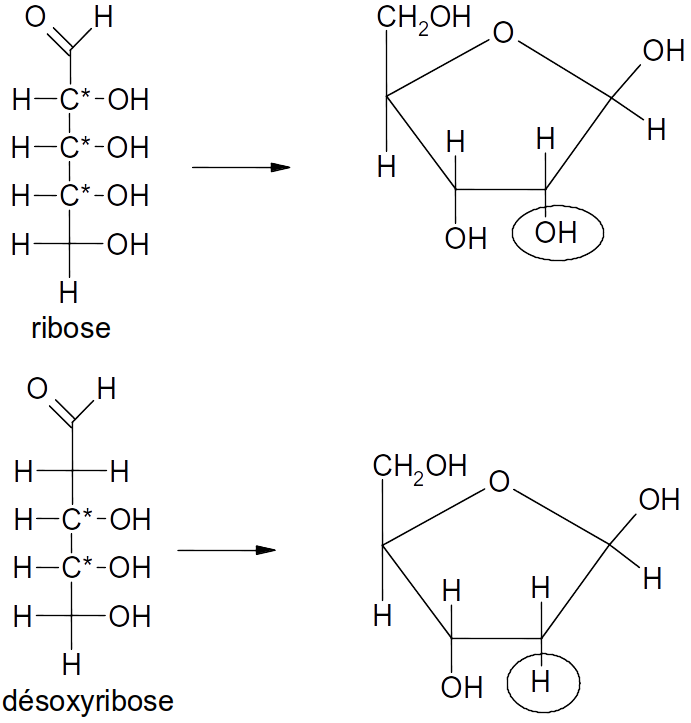Biology Glossary
Biology Glossary
Hi, my name is Maria and I study at Montmorency College in a Natural Science program. This glossary contains basic biology vocabulary who will be useful to anyone in a Biology class. The terms presented in this glossary are basic knowledge needed to understand biology. In order to be able to study living organisms which is the purpose of any Biology class, we need to understand the following terms.
- cell
- noun
- The smallest structural and functional unit of an organism, typically microscopic and consisting of cytoplasm and a nucleus enclosed in a membrane. Microscopic organisms typically consist of a single cell, which is either eukaryotic or prokaryotic.
- Example: We have undertaken chemical and CELL biological approaches to study mammalian ER stress-induced apoptosis.
- fr: cellule
- atom
- noun
- The smallest unit of ordinary matter that forms a chemical element. Every solid, liquid, gas, and plasma is composed of neutral or ionized atoms. Atoms are extremely small, typically around 100 picometers across.
- Example: A normal atom exists with paired electrons orbiting around its central nucleus, while each pair moves in its own region of space.
- fr: atome
- organelle
- noun
- Any of a number of organized or specialized structures within a living cell.
- Example: As well as the double membrane that encompasses a chloroplast, this organelle also contains an extensive internal system of interconnected membrane-limited sacs called thylakoids.
- fr: organite
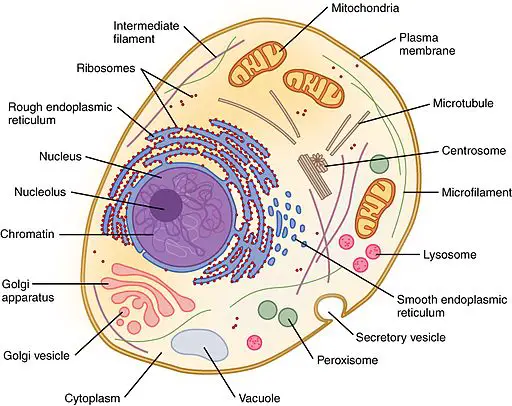
- tissue
- noun
- Tissues are groups of cells that have a similar structure and act together to perform a specific function. The word tissue comes from a form of an old French verb meaning “to weave”. There are four different types of tissues in animals: connective, muscle, nervous, and epithelial.
- Example: Archaeological evidence for body modifications shows that they were practiced from the Upper Palaeolithic, but the reliance on preservation of skeletal material and soft TISSUE, and the difficulty of interpreting ancient art, means that there are limitations to establishing their presence prior to this.
- fr: tissu

- organ
- noun
- A group of tissues in a living organism that have been adapted to perform a specific function. In higher animals, organs are grouped into organ systems; e.g., the esophagus, stomach, and liver are organs of the digestive system.
- Example: However, fat tissue also store at other parts of body, like the thigh, the trunk and surround the internal organ.
- fr: organe

- organism
- noun
- An organism is any individual entity that embodies the properties of life. It is a synonym for "life form". Organisms are classified by taxonomy into groups such as multicellular animals, plants, and fungi; or unicellular microorganisms such as protists, bacteria, and archaea.
- Example: This organism has a genome of more than a million bp in size and contains 834 protein encoding genes.
- fr: organisme

- population
- noun
- A community of animals, plants, or humans among whose members interbreeding occurs.
- Example: Different hedges are improved each year, to create diversity within the farm between ages and therefore species of hedge, attracting a more diverse wildlife population.
- fr: population
- autotrophic
- noun
- An autotroph or primary producer is an organism that produces complex organic compounds using carbon from simple substances such as carbon dioxide, generally using energy from light or inorganic chemical reactions.
- Example: Chemical Research Research into the chemical byproducts of primitive organisms has lead to the development of the Hydrogen Hypothesis, which assumes that eeukaryotes arose through symbiotic association of an anaerobic, strictly hydrogen-dependent, strictly autotrophic archaebacterium (the host) with a eubacterium (the symbiont).
- fr: autotrophe
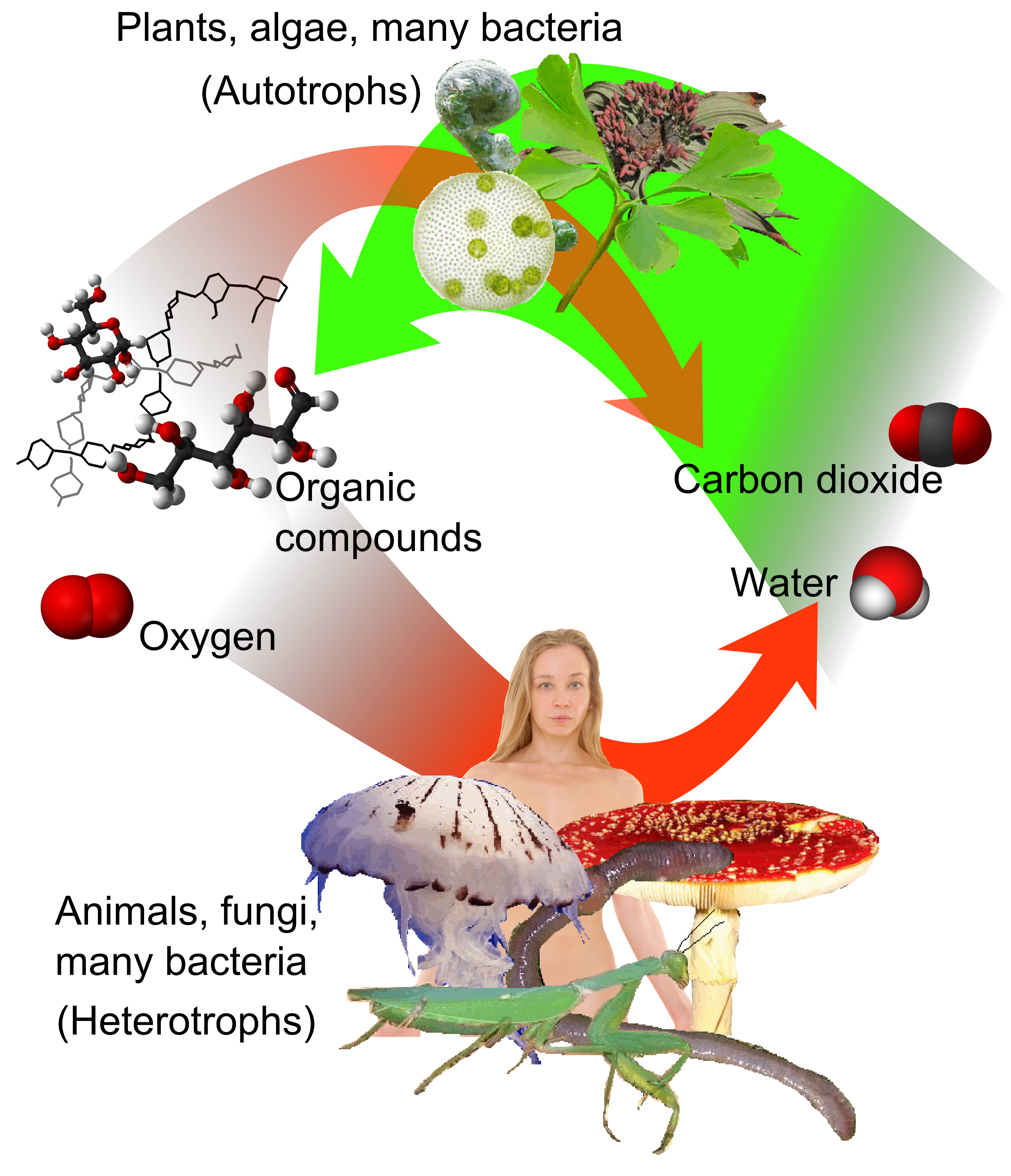
- macromolecule
- noun
- A macromolecule is a very large molecule, such as protein, commonly composed of the polymerization of smaller subunits called monomers. They are typically composed of thousands of atoms or more.
- Example: Thus, vesicles were produced in which pieces of naked DNA of a sufficient length to generate specific macromolecule generating systems, were caught and incorporated.
- fr: macromolécule
- carbohydrate
- noun
- Any of a large group of organic compounds occurring in foods and living tissues and including sugars, starch, and cellulose. They contain hydrogen and oxygen in the same ratio as water (2:1) and typically can be broken down to release energy in the animal body.
- Example: Macronutrients Protein, carbohydrate (sugar, starch, fibers), total fats (saturated, monosaturated, polysaturated, cholesterol) and alcohol are the main contributions to the total energy intake (excluding fiber).
- fr: glucide

- monosaccharide
- noun
- The most basic form of carbohydrates. Monosaccharides can by combined through glycosidic bonds to form larger carbohydrates, known as oligosaccharides or polysaccharides. An oligosaccharide with only two monosaccharides is known as a disaccharide.
- fr: monosaccharide

- disaccharide
- noun
- A disaccharide is the sugar formed when two monosaccharides are joined by glycosidic linkage. Like monosaccharides, disaccharides are soluble in water. Three common examples are sucrose, lactose, and maltose. Disaccharides are one of the four chemical groupings of carbohydrates.
- fr: disaccharide

- polysaccharide
- noun
- A polysaccharide is a large molecule made of many smaller monosaccharides. Monosaccharides are simple sugars, like glucose. Special enzymes bind these small monomers together creating large sugar polymers, or polysaccharides. A polysaccharide is also called a glycan.
- fr: polysaccharide
- monomer
- noun
- A monomer is a small molecule that reacts with a similar molecule to form a larger molecule. It is the smallest unit in a polymer, which is often a macromolecule with high molecular weight.
- fr: monomère

- polymer
- noun
- Polymer, any of a class of natural or synthetic substances composed of very large molecules, called macromolecules, that are multiples of simpler chemical units called monomers. Polymers make up many of the materials in living organisms, including, for example, proteins, cellulose, and nucleic acids.
- fr: polymère

- lipid
- noun
- A lipid is a macrobiomolecule that is soluble in nonpolar solvents.[3] Non-polar solvents are typically hydrocarbons used to dissolve other naturally occurring hydrocarbon lipid molecules that do not (or do not easily) dissolve in water, including fatty acids, waxes, sterols, fat-soluble vitamins (such as vitamins A, D, E, and K), monoglycerides, diglycerides, triglycerides, and phospholipids.
- fr: lipide
- protein
- noun
- Proteins are large biomolecules, or macromolecules, consisting of one or more long chains of amino acid residues.
- Example: Spider silk is made up of complex protein molecules, in a chain of amino acids.
- fr: protéine

- enzyme
- noun
- A substance produced by a living organism which acts as a catalyst to bring about a specific biochemical reaction.
- Example: Mitochondria also contain this enzyme which is, again, highly homologous to the bacterial equivalent, however, in mitochondria, it is encoded by nuclear DNA and then must be moved to the mitochondria as previously discussed.
- fr: enzyme
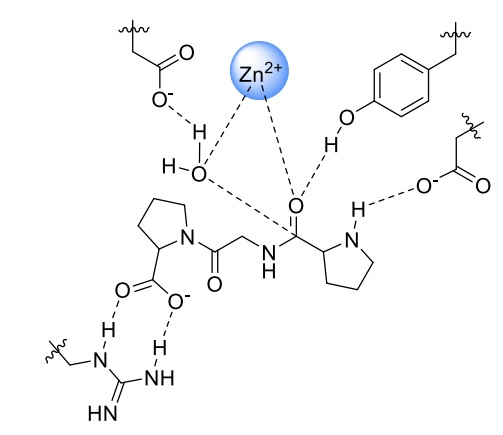
- hormone
- noun
- A hormone is any member of a class of signaling molecules, produced by glands in multicellular organisms, that are transported by the circulatory system to target distant organs to regulate physiology and behavior.
- Example: As for long-term regulation, studies on obese rats imply that there is a hormone that may be involved in the negative feedback loop.
- fr: hormone
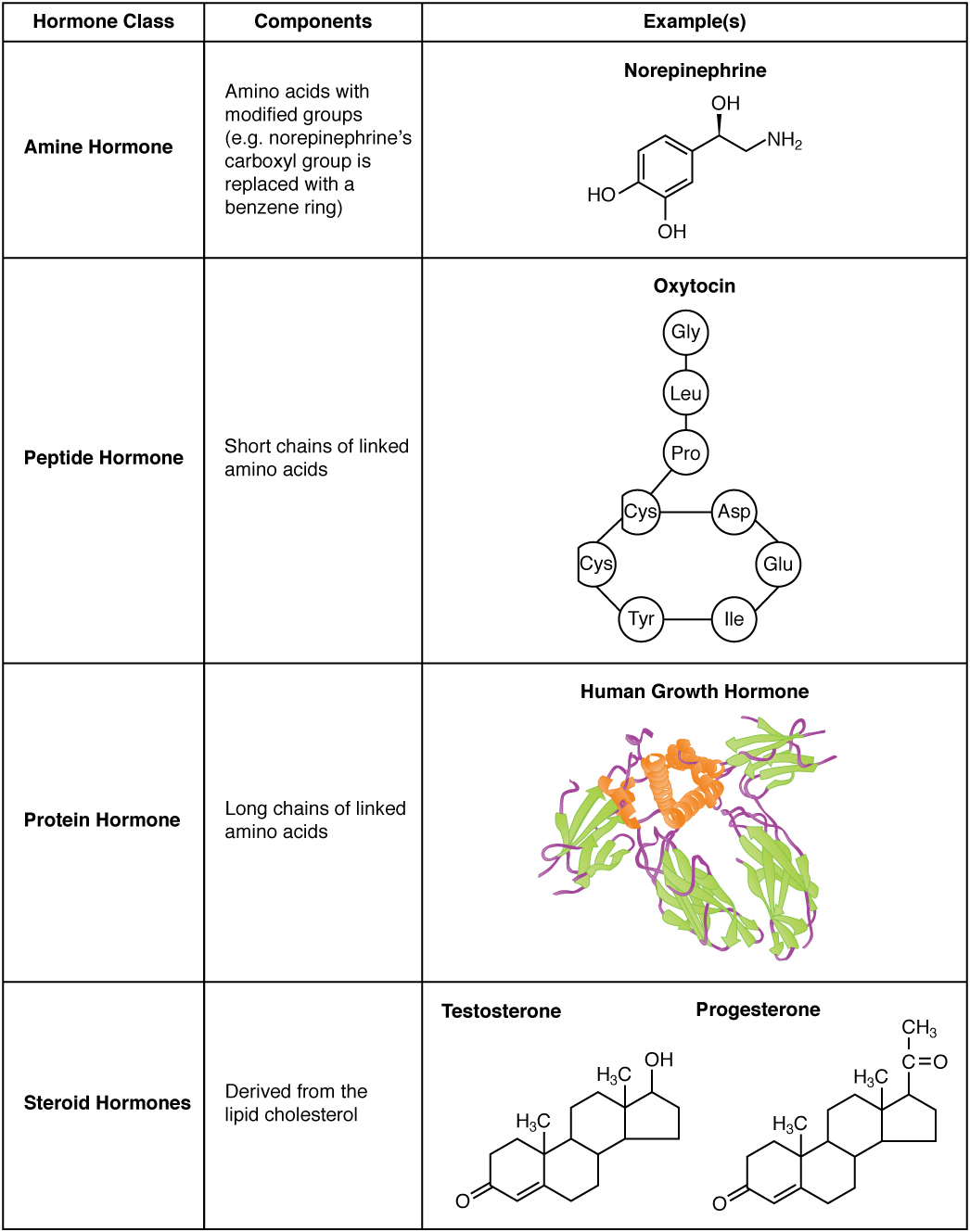
- deoxyribonucleic acid
- noun
- A self-replicating material which is present in nearly all living organisms as the main constituent of chromosomes. It is the carrier of genetic information.
- Example: Investigations using synchrotron X-rays for protein crystallography can help scientists understand and imitate complex structures - from cellulose fibre to spiders' silk.12 It is thanks to X-ray crystallography that James Watson and Francis Crick were able to discover the "double helix" structure of deoxyribonucleic acid, DNA.
- fr: acide désoxyribonucléique

- ribonucleic acid
- noun
- Ribonucleic acid is a polymeric molecule essential in various biological roles in coding, decoding, regulation and expression of genes. RNA and DNA are nucleic acids. Along with lipids, proteins, and carbohydrates, nucleic acids constitute one of the four major macromolecules essential for all known forms of life.
- fr: acide ribonucléique

- nitrogenous base
- noun
- A molecule that contains nitrogen and has the chemical properties of a base. The nitrogenous bases in DNA are adenine (A), guanine (G), thymine (T), and cytosine (C). The nitrogenous bases in RNA are the same, with one exception: adenine (A), guanine (G), uracil (U), and cytosine (C).
- fr: base azotée
- steroid
- noun
- Any of a large class of organic compounds with a characteristic molecular structure containing four rings of carbon atoms (three six-membered and one five). They include many hormones, alkaloids, and vitamins.
- Example: His additional medical history includes osteoporosis (which has resulted in 3-4 wedge fractures) and osteoarthritis (hips, knees, shoulder) which had occurred secondary to his history of frequent steroid use.
- fr: stéroïde
- glycerolipid
- noun
- A large group of biological molecules necessary for membrane formation, caloric storage, and crucial intracellular signaling processes. These lipids are constructed upon an sn-glycerol-3-phosphate backbone scaffold by the attachment of long-chain acyl and alkyl groups, and a collection of polar alcohols.
- fr: glycérolipide
- ribose
- noun
- A sugar of the pentose class which occurs widely in nature as a constituent of nucleosides and several vitamins and enzymes.
- fr: ribose
